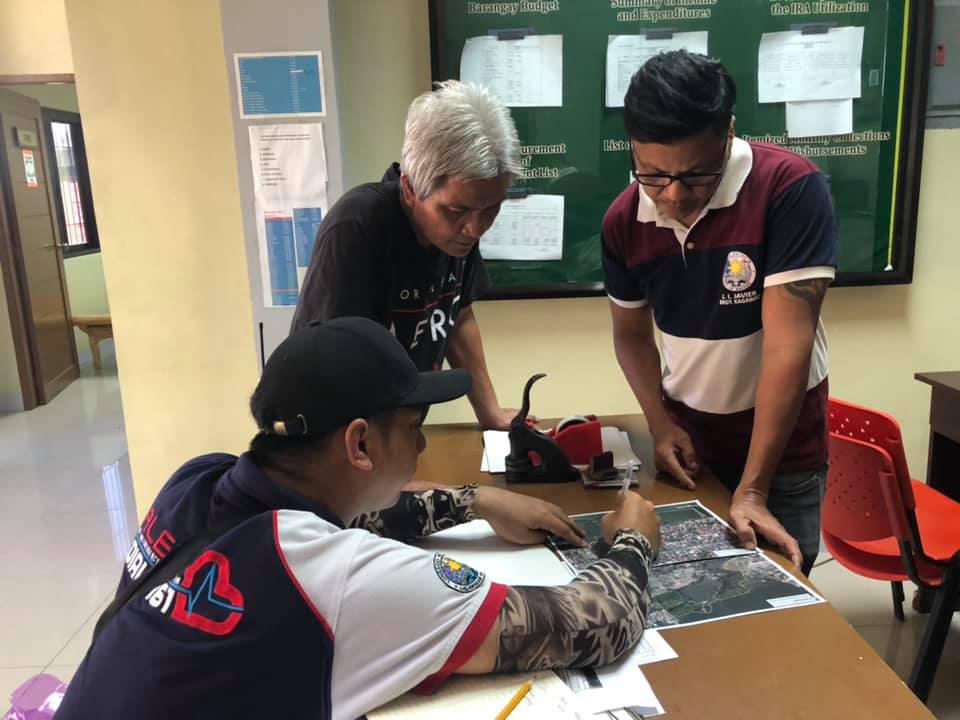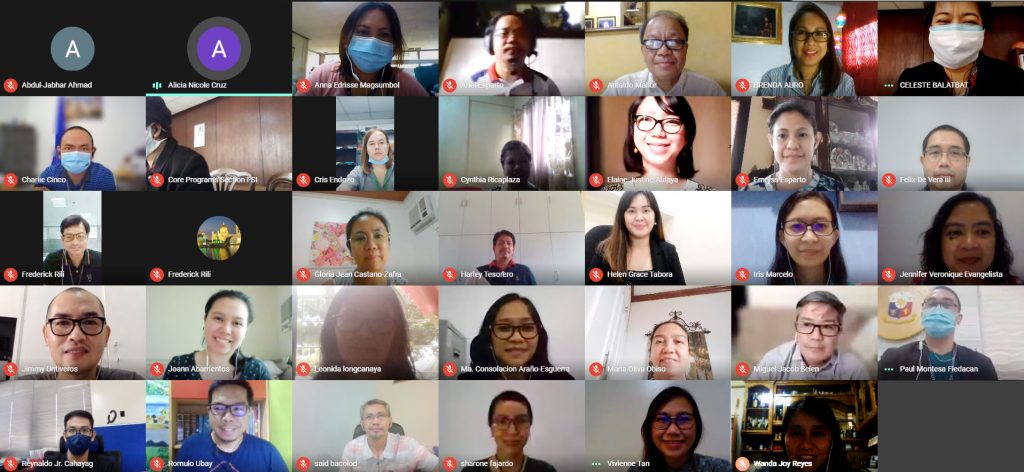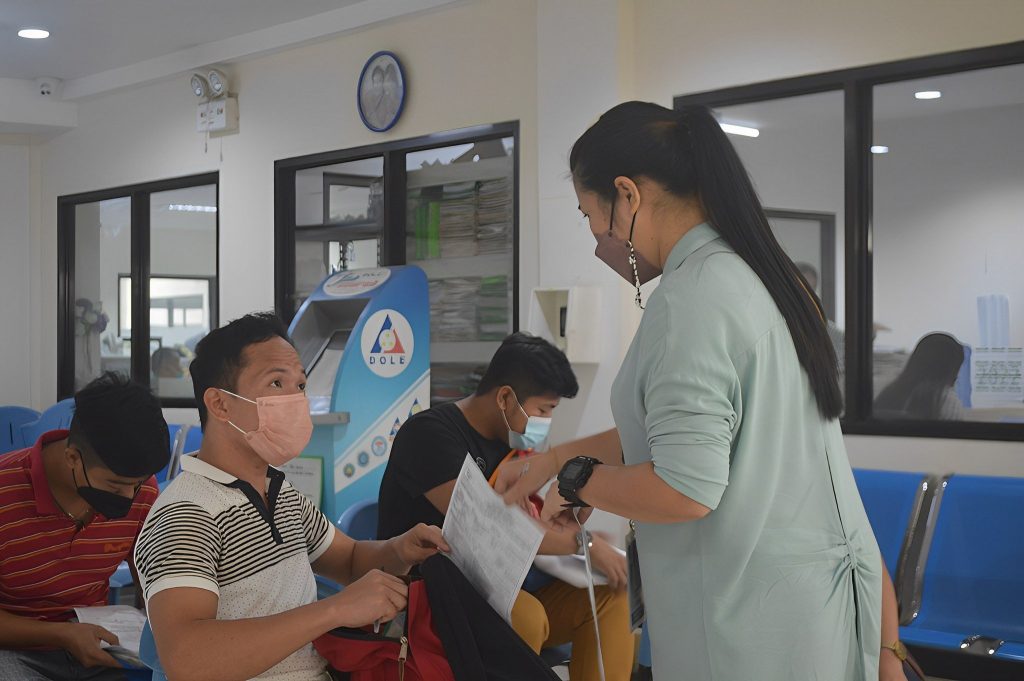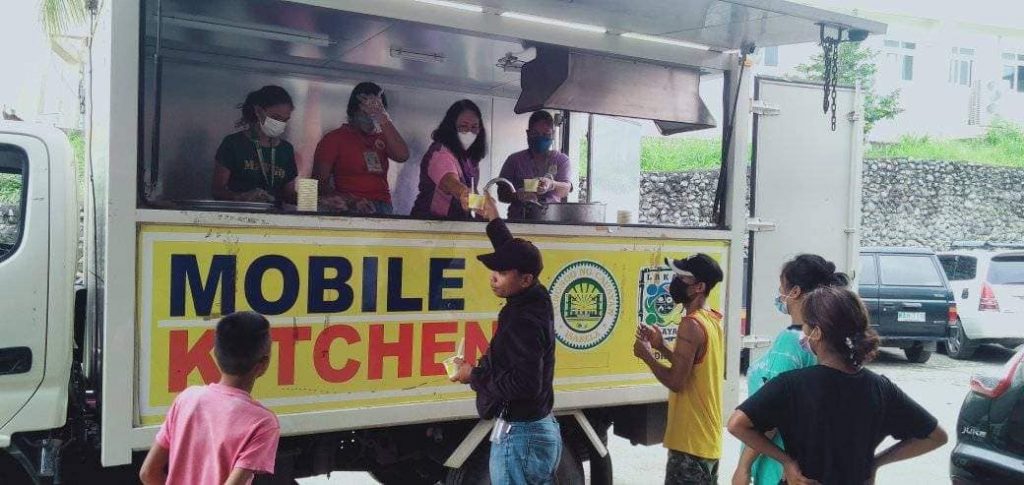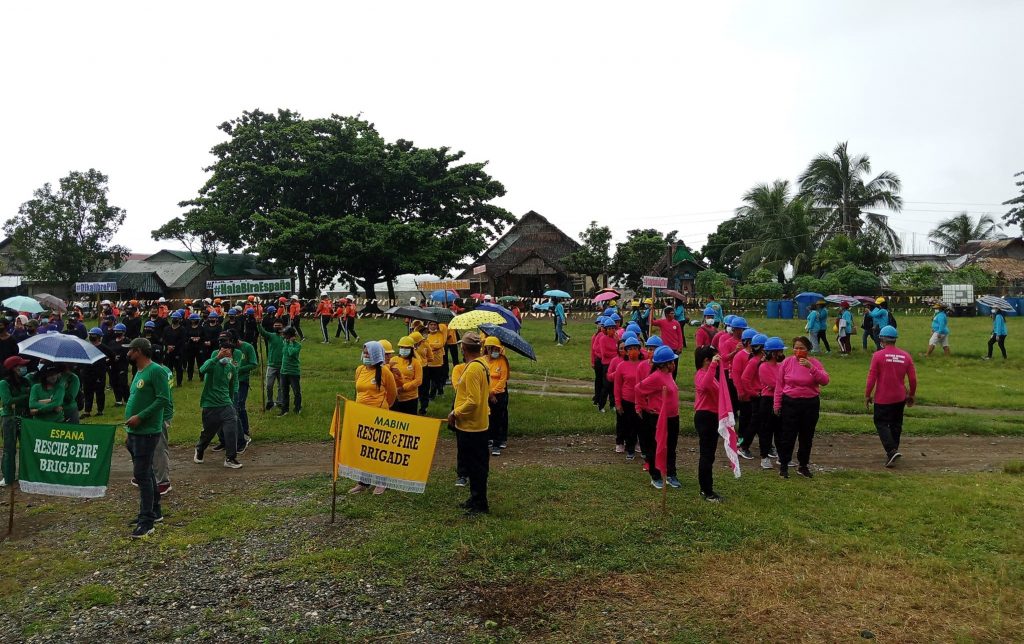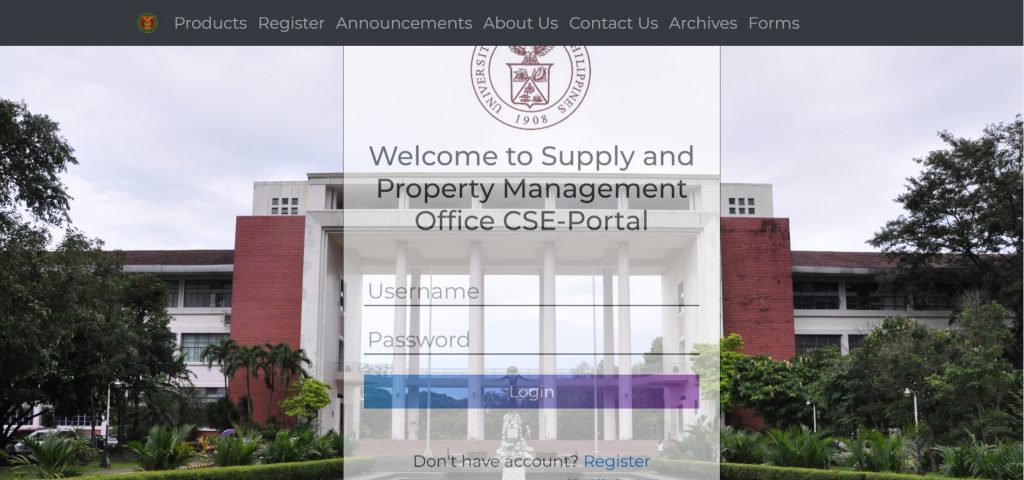Agency
National Economic and Development Authority (NEDA) Region IV-A
The initiative was a finalist at the GBPR 2018
Summary
The Convergence Effort for Poverty Alleviation is an initiative of the National Economic Development Authority (NEDA) Region IV-A in partnership with local government units (LGU), state universities and colleges (SUCs), regional line agencies, and the private sector to promote development and address poverty issues in the CALABARZON Region.
This initiative was first launched in 2016. Since then, it has been instrumental in ensuring that projects and programs for poverty alleviation in Region IV-A are conducted equitably toward the population who need these types of support most.
Background and Problem
The success of poverty alleviation programs relies on equitable distribution of resources, prioritizing supporting the poorest community members. However, without factual data on the areas in CALABARZON with the highest poverty incidence or the geographically isolated and disadvantaged areas (GIDA), national and local government efforts run the risk of implementing poverty alleviation projects in areas or segments of the population that need the least support.
The promotion of socio-economic development remains to be one of the major objectives of NEDA. In its efforts to direct government resources toward the poorest communities in CALABARZON, NEDA IV-A launched the Convergence Effort for Poverty Alleviation in 2016.
Solution and Impact
Through the CALABARZON Regional Development Council (RDC), the RDC Resolution No. IV-A-75-2016 was passed to institutionalize the effort to identify the poorest and the GIDA communities in Region IVA. The identified areas were collectively called the Priority Convergence Areas. Through the designation of Priority Convergence Areas, policymakers and development institutions are made aware of the places in the region that should be given priority in implementing poverty alleviation projects. Through the Convergence Effort for Poverty Alleviation, NEDA IV-A was able to mobilize development activities of the government, the academe, and the private sector development activities to these priority areas.
Since its inception, two investment forums were held in the region in 2017. These facilitated the funding of investment projects of 45 CALABARZON Convergence Areas to alleviate poverty and develop tourism and indigenous peoples, and were done in partnership with various government agencies and the private sector. Among the 45 areas, five community outreach activities were conducted by NEDA IV-A.
The REINA (Real, Infant, General Nakar Area) Cluster Tourism Master Plan was developed in partnership with the Department of Tourism (DOT) Region IV-A to provide a comprehensive framework and strategic guide for tourism activities in the short, medium, and long-term in the region to accelerate the economic recovery of the area. Additionally, the NEDA IV-A also conducted a feasibility study on developing ports and road networks in the Polillo Group of Islands.

